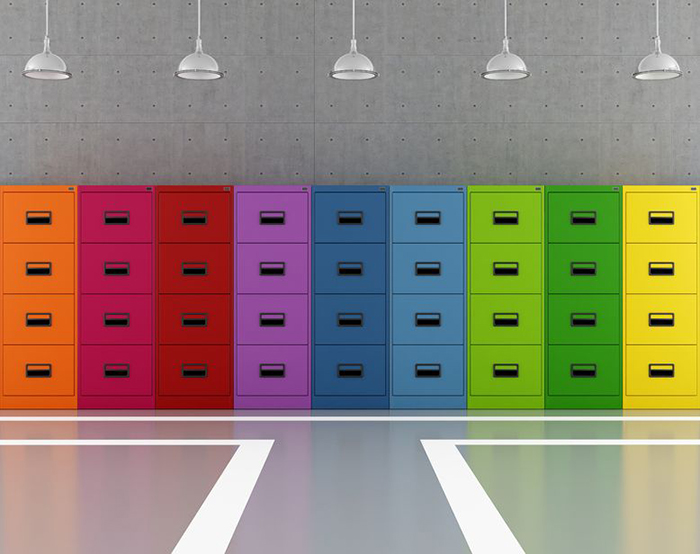
As humans, we’re quick to categorize and put things in groups of like things that make sense to us. And while that tendency can sometimes serve us well (like when we need to quickly make order out of chaos), overusing our categorizing skills in the area of dealing with people can easily prove a liability.
In the work I do with coaching clients and workshop participants, we often talk about the differences between “types” of people. Maybe we consider the difference between what motivates Millennials vs. Baby Boomers. Or we may talk about what energizes introverts vs. extroverts. Or we may say You’re working with a group of high D’s, referring to the DiSC profiles of the people in the group.
So what am I saying, that we should never, ever put people in categories? No, I’m saying that we should do it carefully because, although we may feel like we’re getting a handle on things by putting other people in buckets, generally no one likes to be put in one.
Use categories as a starting point
You could think to yourself about a new person on your team: Edward is a Millennial, so he likely wants a lot of feedback to feel like he’s on the right track. Well, as long as you don’t assume that you’re right because you’ve read a book or attended a workshop on generational differences, then thinking that thought isn’t a bad place to start.
The key is remaining open to having your hypothesis proved wrong. Edward may in fact turn out to be different than the Millennial “mold,” and he may need something different from you than the “lot of feedback” you assumed he’d need. You won’t know until you test your hypothesis by asking questions and getting to know the individual separately from the category in which you initially placed him.
Some people resist categorization
I happen to be especially resistant to categorization. I admit it’s my issue. I bristle at it almost! So when I work with clients who get an assessment report that labels them as fitting a certain personality type or having a certain style of communication or thinking, I understand the resistance some of them feel. I can almost hear them proclaiming internally:
I’m not just the output of an algorithm that some PhD created in the form of this assessment! I’m a complex and nuanced individual!
But even for category-averse individuals like me, being put in a bucket can have its benefits. First, it can make us feel that we’re not alone. We can infer that other people in our category experience the world, the workplace, and even life in a similar way to how we do, and that can be comforting. Second, even if we feel that the category we were put in doesn’t describe us completely, we can usually recognize significant traits when we look at ourselves through the filter of that category. And that recognition can lead to more self-awareness, self-acceptance and, dare I say, confidence.
Categories can be a lens through which to see ourselves and others
I’ve taken assessments that label me as a slight introvert—a label that can mean many things to many people. The part of the introvert label that resonates the most with me is how introverts tend to expend and renew their energy. In my case, as much as I love coaching and being with people when I teach or deliver workshops, I know that my energy level will eventually deplete unless I take time to be by myself and recharge my battery. It’s neither good nor bad—it just is. And it’s helpful for me to know and accept that about myself.
In the same way that thinking about ourselves in a certain category can be helpful, thinking of others as belonging to a category can also help us to understand them and work better with them. For example, if I know that Lucinda is an introvert, I’ll understand that she needs to spend time away from the group to think about things and recharge her batteries. And that understanding will allow me to give her the space space she needs to do her best work.
Categories can be dangerous when they lead us to profile people—especially if we think of that profile as definitive. We shouldn’t assume that we know everything about someone if we have an idea of what category they might fall into. Although looking at people through the lens of a category might help us understand them better, it doesn’t mean we shouldn’t look at them as the complex, nuanced individuals they are. To work effectively with someone, you must respect them; and to respect them you must know them. Categorize people with care because thinking of someone as part of a category is only the beginning of getting to know them.
Guillermo Villar is principal coach with Cambio Coaching. He helps high-achieving individuals and teams communicate with intention to get the business results they want. If you’re interested in working with Guillermo, sign up for a free meeting to explore how he can help.
